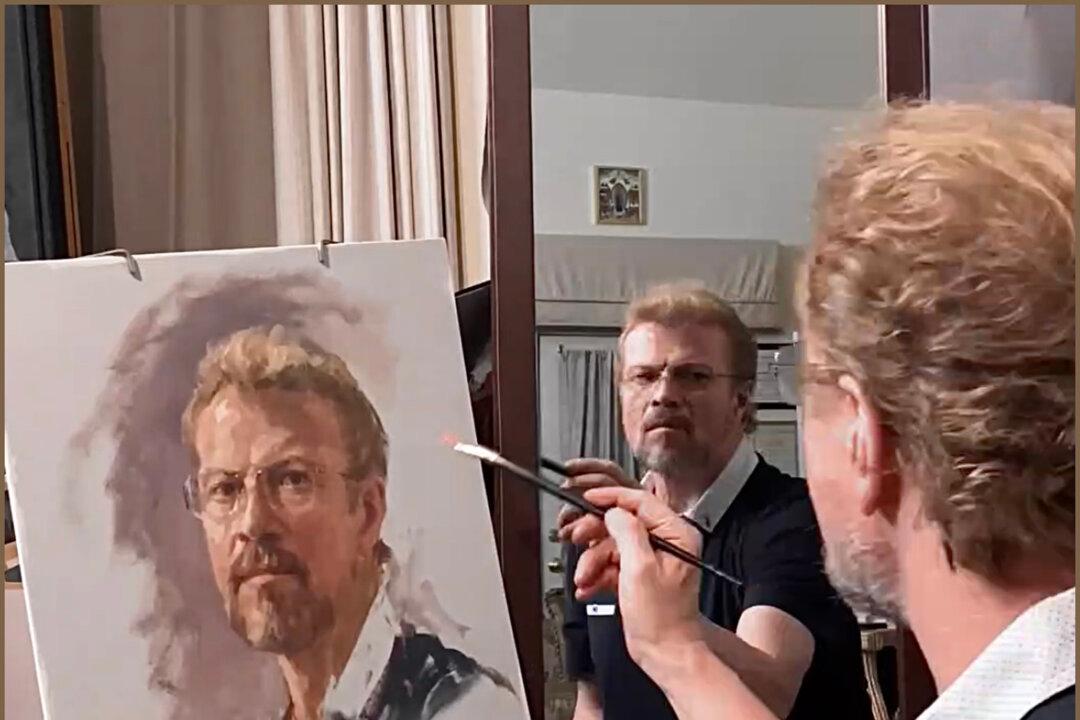American artist Igor Babailov believes that God bestows our innate talents; they come with a sacred responsibility. They must be used for good and to honor God.
“We [artists] re-create God’s creations in our paintings. We know that we’ll never be as good as God. … But at least we try to get it as close as possible to this beauty in our paintings,” he told The Epoch Times.






